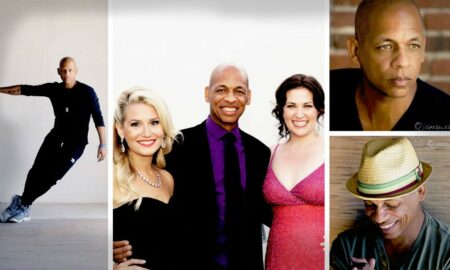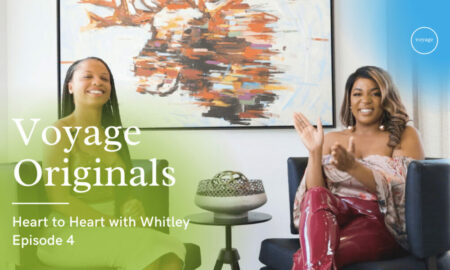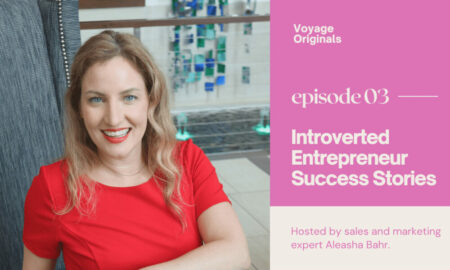

We’re looking forward to introducing you to Daniel Shub. Check out our conversation below.
Daniel, a huge thanks to you for investing the time to share your wisdom with those who are seeking it. We think it’s so important for us to share stories with our neighbors, friends and community because knowledge multiples when we share with each other. Let’s jump in: What do the first 90 minutes of your day look like?
Most mornings start early. I like a quiet, focused start before the rest of the world wakes up. The first half-hour is about setting my head straight — making coffee, checking in with my family, and reviewing my top priorities for the day. I don’t scroll or react; I plan.
The next stretch is usually my creative window. That’s when I do my best thinking — sketching concepts, refining a client strategy, or outlining a piece of copy before the inbox starts demanding attention. I protect that time from meetings because it sets the tone for the rest of the day.
By the last half-hour, I’m transitioning into action: checking messages from my team or clients, reviewing open projects, and making sure the day is structured around what actually moves things forward.
In short, those 90 minutes are about clarity, creativity, and alignment — making sure I start the day leading it, not chasing it.
Can you briefly introduce yourself and share what makes you or your brand unique?
I’m Daniel Shub, founder of DKS Design and co-founder of SignStream. I’ve spent my career at the intersection of design, technology, and storytelling — helping brands communicate clearly and connect meaningfully.
At DKS Design, we focus on creating experiences that bridge the physical and digital worlds — from brand systems and websites to large-scale museum installations. Every project starts with a simple goal: make it clear, make it memorable, make it work.
SignStream grew out of that same philosophy — it turns everyday screens inside local businesses into custom TV networks that help them market smarter and connect with their communities.
What makes my work unique is that it’s not about chasing trends or producing “pretty” design. It’s about using creativity as a problem-solving tool — whether that means designing an interactive exhibit about Apple’s history of innovation or helping a small business turn waiting time into marketing time.
Right now, I’m leading several museum and technology projects that celebrate innovation and human creativity — and continuing to explore how design, data, and storytelling can create experiences that stick.
Thanks for sharing that. Would love to go back in time and hear about how your past might have impacted who you are today. What breaks the bonds between people—and what restores them?
What breaks the bonds between people is usually not one big event — it’s the slow erosion of empathy. When we stop listening, stop assuming good intent, or start treating relationships like transactions instead of connections, the distance grows quietly until it feels permanent. Ego, distraction, and fear all feed that gap.
What restores those bonds is presence. Real conversation. Shared effort. A moment when one person decides to reach out without keeping score. It’s remembering that most people are doing their best — even when they fall short — and choosing curiosity over judgment.
On a larger scale, creativity also restores connection. Art, design, storytelling — they remind us of our shared humanity and give us a way to feel understood, even when words fall short.
What fear has held you back the most in your life?
Probably the fear of standing still — of wasting potential or not living up to what I know I’m capable of. It’s a double-edged sword: it’s pushed me to take big swings and build things from scratch, but it’s also made it hard at times to slow down and appreciate where I am.
Early in my career, I used to think momentum alone equaled progress. Over time I’ve learned that clarity, patience, and the right partnerships are what actually move things forward. I still have that restless drive — it’s part of who I am — but I try to channel it now into purposeful growth instead of constant motion.
Sure, so let’s go deeper into your values and how you think. What are the biggest lies your industry tells itself?
That “good design sells itself.” It doesn’t. Design only matters when it’s connected to a real strategy — a clear story, a purpose, a system that works in the real world. Too often, the industry celebrates aesthetics without accountability, confusing clever with effective.
Another lie is that faster always means better. We’ve built a culture obsessed with output — templates, trends, automation — and somewhere along the way, the craft and critical thinking that make design valuable get lost. Tools have gotten smarter, but the thinking behind them hasn’t always kept pace.
At its best, design isn’t about making things look good. It’s about making things work — emotionally, visually, and functionally. When we remember that, the whole industry gets better.
Before we go, we’d love to hear your thoughts on some longer-run, legacy type questions. What light inside you have you been dimming?
Probably the part of me that allows for curiosity without immediate output. I’ve always been driven by results — by building things that have purpose, structure, and measurable impact. But there’s a version of creativity that comes from exploring ideas before they’re fully formed, and I sometimes push that aside in the name of efficiency.
I’m learning that exploration doesn’t have to mean drifting without direction — it can be strategic, too. When I give myself space to follow an idea before defining its purpose, it often leads to stronger, more original outcomes. That’s the light I’ve been trying to turn back up.
Contact Info:
- Website: https://DKS.Design
- Linkedin: https://www.linkedin.com/in/danielkshub/


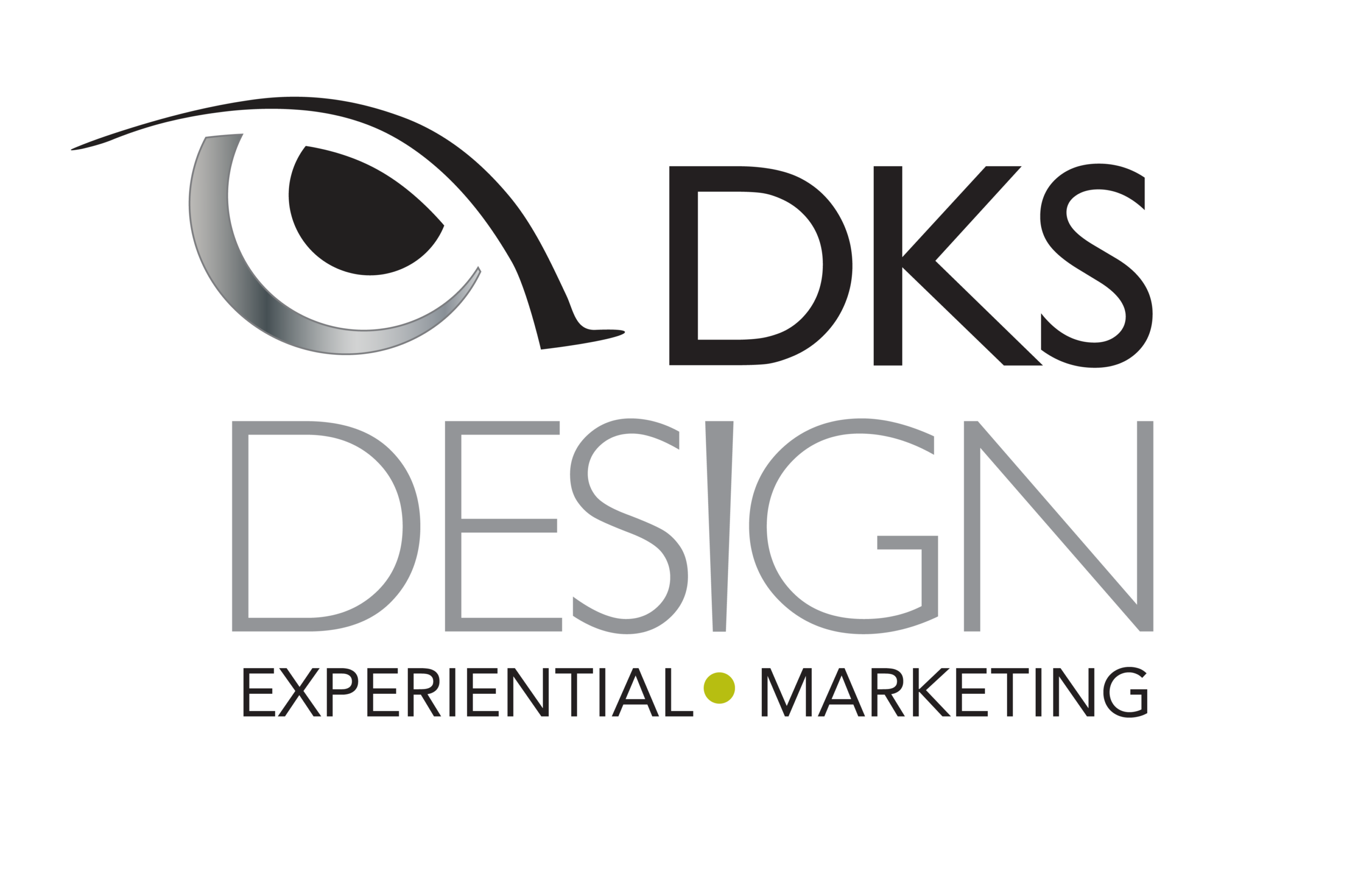

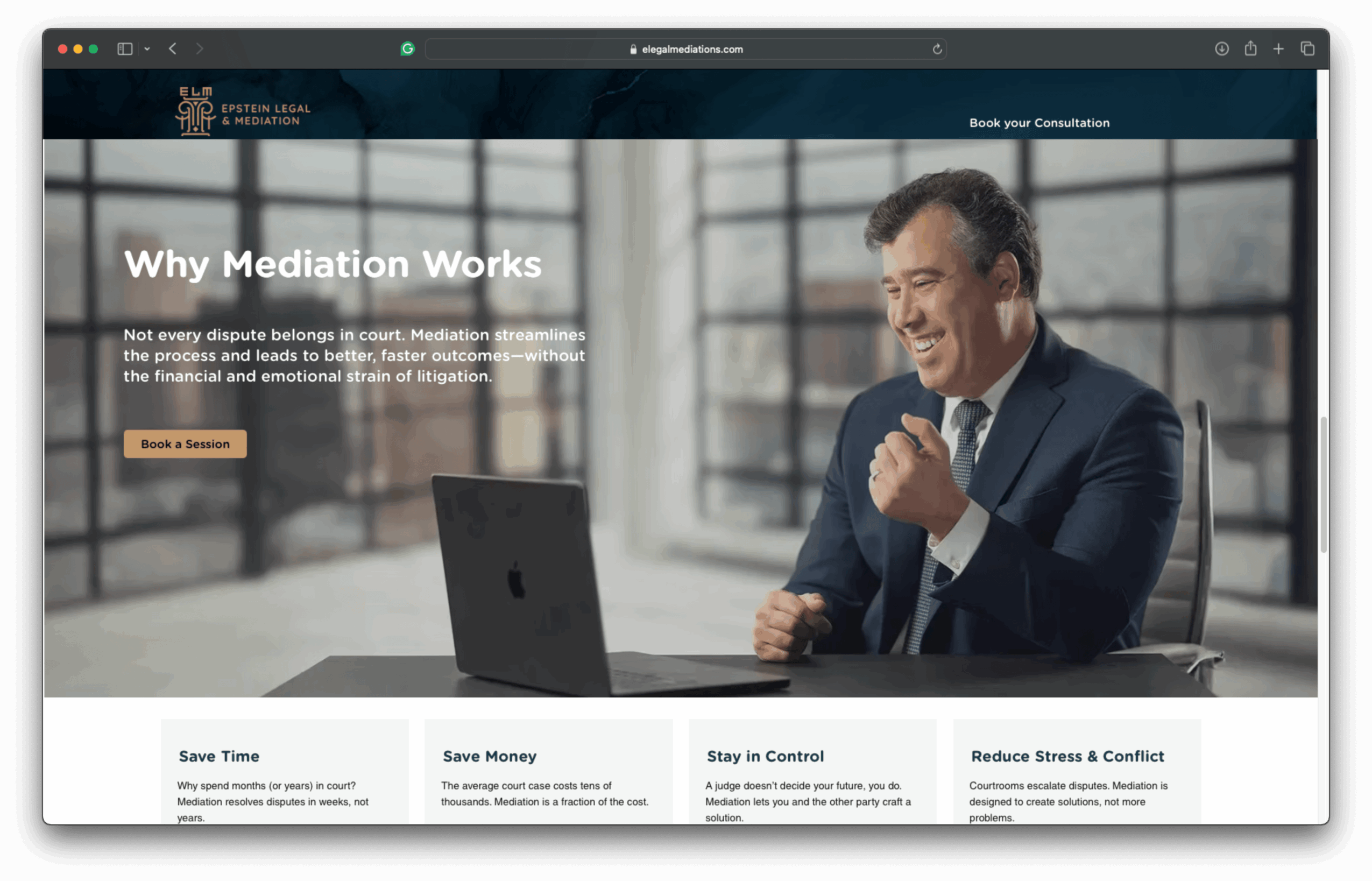
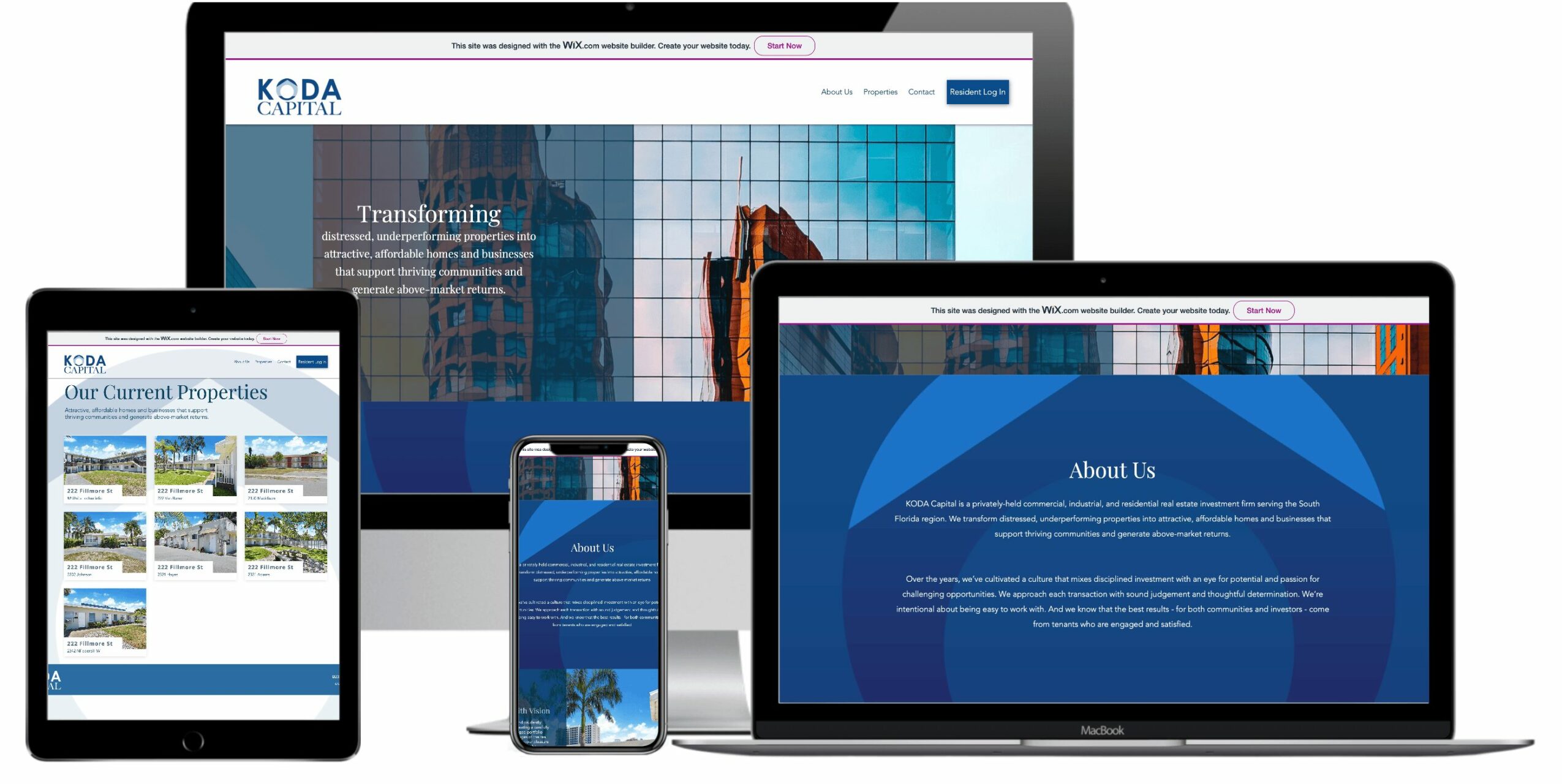
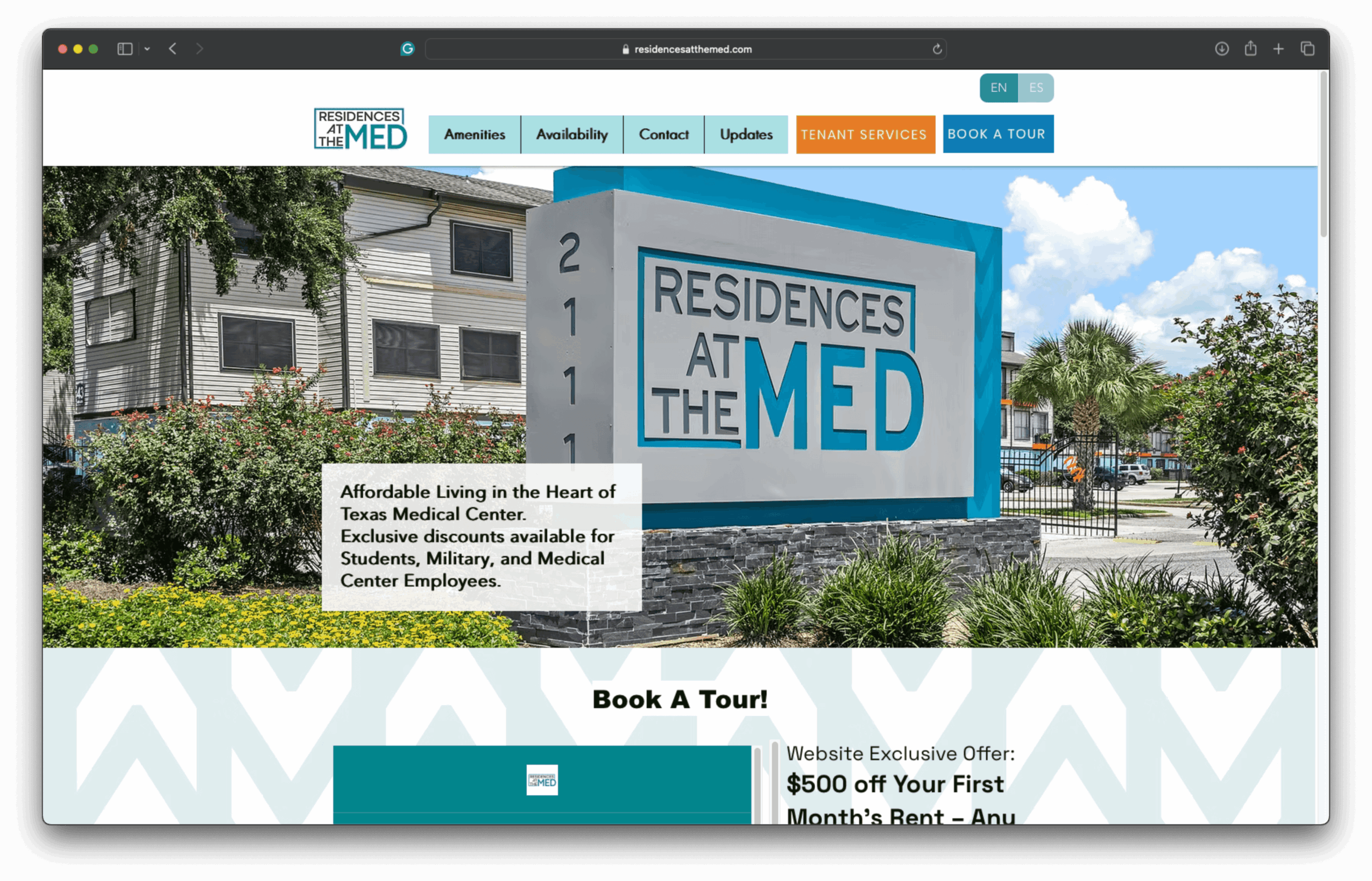

Image Credits
DKS Design LLC



